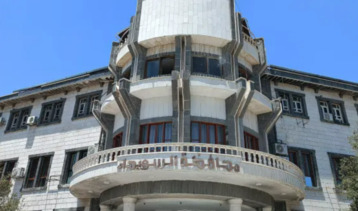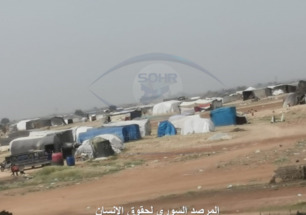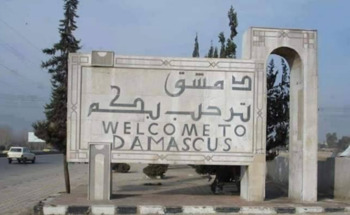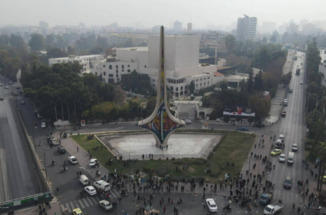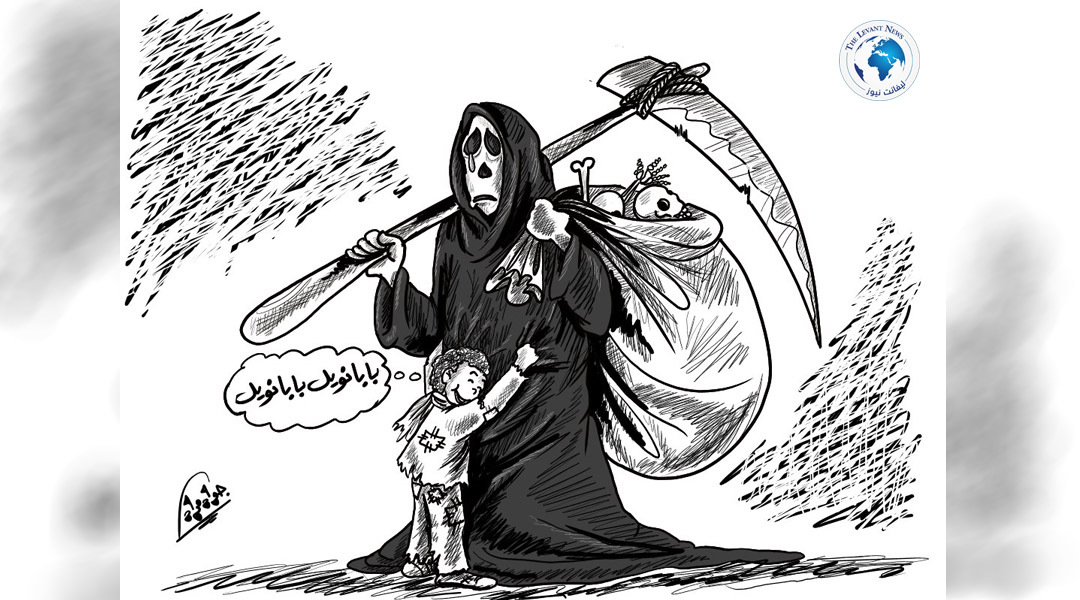-
Satire as an Author's Weapon: Manifestations of Criticism in Resisting Palestinian Poetry
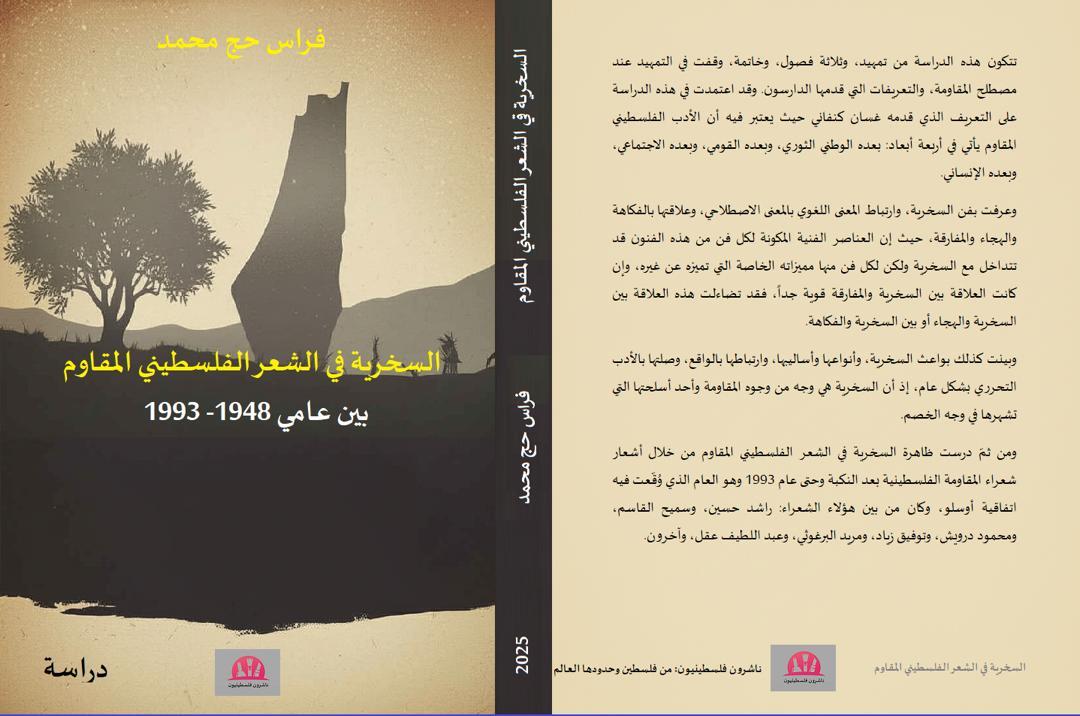
Recently published by "Palestinian Publishers," the book "Satire in Resisting Palestinian Poetry (1948–1993)" is in its first edition for 2025, in digital format (eBook), authored by Palestinian researcher and academic Firas Hajj Muhammad. This edition offers an in-depth study of the phenomenon of satire in resistant Palestinian poetry, highlighting its role as a literary weapon in confronting occupation and oppression. The book represents a valuable addition to the Arab and Palestinian critical library, as it addresses a vital aspect of Palestinian literature that has not yet received the comprehensive study it deserves.
Research Journey: Motivations and Temporal-Spatial Extent
This research is the culmination of an academic effort initiated by Firas Hajj Muhammad during his university studies, influenced by the revolutionary and resistant spirit characterizing Palestinian literature. The idea originated from a suggestion by his professor, Dr. Adel Al-Assa, who noticed the emergence of satire as a feature in Palestinian literature overall, and poetry in particular. Accordingly, the research plan focused on "Satire in Resisting Palestinian Poetry (1948–1993)," excluding prose, due to existing studies that examined writers like Emil Habibi, a prominent satirist in this field at the time.
The chosen period spans from the Nakba of 1948 until 1993—a phase marked by pivotal transformations in the Palestinian cause. Although satirical poets existed before the Nakba, such as Ibrahim Toka'an, the study preferred to concentrate on the specified period to avoid redundancy, while acknowledging prior scholarly efforts in this regard.
The study comprises an introduction, three chapters, and a conclusion. The introduction discusses the concept of resistance in Palestinian literature and the linguistic and terminological aspects of satire, as well as its relationship with other literary arts. The three chapters examine satire in Palestinian resistant poetry during specific periods: (1948–1967), (1967–1987), and (1987–1993).
Resisting Literature and Satire: Concept and Intersections
The researcher adopts Ghassan Kanafani’s perspective in defining resistant Palestinian literature, which considers four main dimensions: revolutionary-national, national, social, and human. This comprehensive definition emphasizes that resistance literature transcends mere opposition, encompassing acts of resilience, challenge, and expression of Palestinian existence in all its facets.
As for satire, the book views it as an integral part of humorous literature, but with deeper connotations that go beyond mere laughter. It clarifies the complex relationship between satire and other concepts such as humor, sarcasm, parody, and irony. Despite overlaps, each has distinct characteristics. Satire is described as "a manner of speech in which a person expresses the opposite of what they mean" or as "mockery of something inconsistent with rational conviction or aligned with accepted beliefs of the individual or community."
The book emphasizes that satire is a refined literary art requiring exceptional intelligence and skill. It is considered one of the "most difficult" literary arts, stemming from emotional responses such as anger and aggressive tendencies, making it an effective weapon against occupiers and injustice. Satire is also characterized by bravery and boldness and is closely linked to literature of liberation and revolution.
A significant aspect addressed is the social nature of satire, which is viewed as a mirror reflecting societal conditions and values. The satirist speaks on behalf of society, criticizing deviant behaviors; it is described as "the strongest social weapon by which the community preserves its identity and diverse components." Additionally, satire reflects reality, considered a realistic art rooted in external observation aimed at criticizing people's actions and behaviors.
The book also discusses the social and psychological functions of satire. Societally, it acts as a social corrective, maintaining intellectual and emotional stability, combating vice, and reinforcing values of justice. Individually, it plays a healthy role in mental life, serving as a temporary escape from daily troubles, restoring self-confidence, and bolstering morale. Furthermore, satirical literature possesses energizing and inciting power, planting the seeds of revolution within souls.
The relationship between satire and irony is particularly strong, as both originate from the contradiction between what is said and what is meant, or between belief and reality. Despite overlaps, the researcher points out subtle differences, especially in tone—where satire does not tolerate hesitation, unlike irony, which requires understanding both the apparent and real meanings.
Types and Styles of Satire, Influenced by Social, Political, and Psychological Conditions
The book enumerates various types of satire and stylistic approaches, affected by the social, political, and psychological circumstances of the poet. These include harsh bitter satire, philosophical and moral satire, tolerant satire, and dolorous despair. Generally, satire is divided into positive and negative types, relying on elements of surprise, imagination, and absurdity, often based on contrasting opposites.
Satire in Palestinian Poetry Across Stages
The book provides a detailed analysis of satire in resistant Palestinian poetry across three main periods:
1. Satire between 1948–
You May Also Like
Popular Posts
Caricature
opinion
Report
ads
Newsletter
Subscribe to our mailing list to get the new updates!




